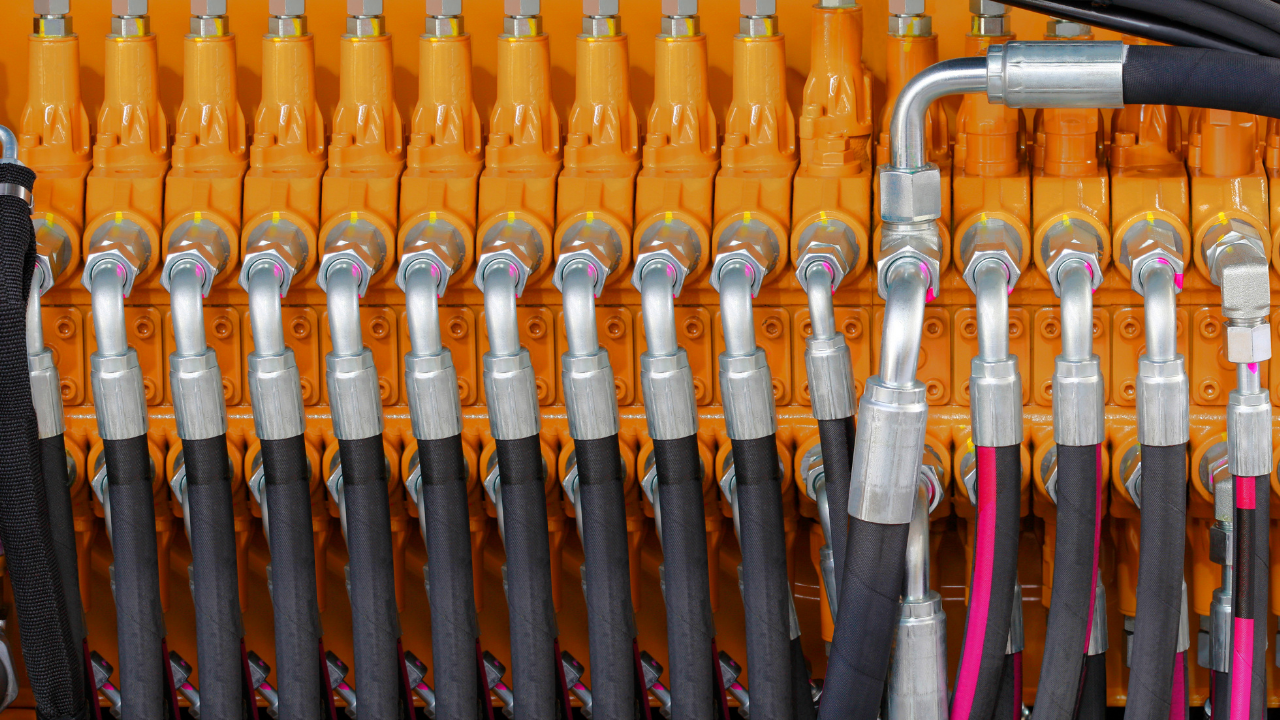Arc Flash/Arc Blast Review with Safety Suggestions for Design & Maintenance
Tim Crnko & Steve Dyrnes, Members of the Institute of Electrical and Electronics Engineers
arcingflash-1
Click here to download the full pdf.
Tim Crnko of Cooper Bussmann & Steve Dyrnes of Dyrnes Engineering, Members of the Institute of Electrical and Electronics Engineers (IEE).
Related Articles

All About Eye Protection
On the job accidents and injuries are most often a result of negligence and unsafe working conditions. In an effort to protect workers, the Occupational Safety and Health Administration (OSHA), created standards 1910.132 and 1910.133, to address requirements for providing Personal Protective Equipment (PPE) and eye protection in the workplace. However, most employers find it hard to sort through the standards to get to the heart of what they really mean in everyday life.
On the job accidents and injuries are most often a result of negligence and unsafe working conditions. In an effort to protect workers, the Occupational Safety and Health Administration (OSHA), created standards 1910.132 and 1910.133, to address requirements for providing Personal Protective Equipment (PPE) and eye protection in the workplace. However, most employers find it hard to sort through the standards to get to the heart of what they really mean in everyday life.

CSA Launches First Confined Spaces Standard in Canada
A confined space is defined as a workspace that is fully or partially enclosed, is not designed or intended for continuous human occupancy and has limited or restricted access, exiting or an internal configuration that can complicate provisions of first aid, evacuation, rescue or other emergency response services. Confined spaces can be found in almost all industries in Canada, which include tunnels, mines, grain silos, hydro vaults, shipping compartments, pump stations, boilers, chemical tanks and more. Every confined space is considered to be hazardous unless deemed not so by a competent person through a hazard identification and risk assessment.
A confined space is defined as a workspace that is fully or partially enclosed, is not designed or intended for continuous human occupancy and has limited or restricted access, exiting or an internal configuration that can complicate provisions of first aid, evacuation, rescue or other emergency response services. Confined spaces can be found in almost all industries in Canada, which include tunnels, mines, grain silos, hydro vaults, shipping compartments, pump stations, boilers, chemical tanks and more. Every confined space is considered to be hazardous unless deemed not so by a competent person through a hazard identification and risk assessment.

Do You Need NFPA 70E?
One of the hot topics in electrical and mechanical training classes is the National Fire Protection Association (NFPA) 70E. Students question what 70E is and how it relates to the National Electrical Code (NEC), if 70E is a new regulation and if not why are they just now hearing about it, and if companies are required to comply with 70E. This article will take some of the mystery out of 70E.
One of the hot topics in electrical and mechanical training classes is the National Fire Protection Association (NFPA) 70E. Students question what 70E is and how it relates to the National Electrical Code (NEC), if 70E is a new regulation and if not why are they just now hearing about it, and if companies are required to comply with 70E. This article will take some of the mystery out of 70E.

Electrical Hazards
There are three basic electrical hazards that cause injury and death: shock, arc-flash, and arc-blast. Following these safety principles can result in a safer work environment and prevent injuries or even death.
There are three basic electrical hazards that cause injury and death: shock, arc-flash, and arc-blast. Following these safety principles can result in a safer work environment and prevent injuries or even death.

Eye Injuries are a Serious Threat to American Workers
In 2001, close to 100,000 people were treated in U.S. Hospital emergency rooms for eye injuries related to the workplace, yet this figure actually only represents a small portion of the total number of injuries. According to the U.S. Bureau of Labor Statistics, each day, as many as 2,000 workers incur eye injuries related to their jobs. According to Prevent Blindness America (PBA), 90% of these injuries are preventable.
In 2001, close to 100,000 people were treated in U.S. Hospital emergency rooms for eye injuries related to the workplace, yet this figure actually only represents a small portion of the total number of injuries. According to the U.S. Bureau of Labor Statistics, each day, as many as 2,000 workers incur eye injuries related to their jobs. According to Prevent Blindness America (PBA), 90% of these injuries are preventable.

Fluid Power Safety Alert
In this advisory, we are going to demonstrate how hazardous, documented, service, repair, and troubleshooting recommendations have proliferated the fluid power industry, leaving unsuspecting persons vulnerable to possible injury or death. Unsafe service, repair, and troubleshooting recommendations are running rampant throughout the fluid power industry - and there is no end in sight!
In this advisory, we are going to demonstrate how hazardous, documented, service, repair, and troubleshooting recommendations have proliferated the fluid power industry, leaving unsuspecting persons vulnerable to possible injury or death. Unsafe service, repair, and troubleshooting recommendations are running rampant throughout the fluid power industry - and there is no end in sight!



